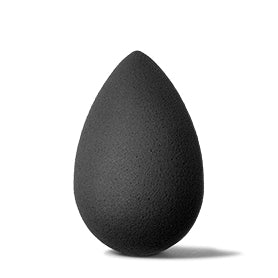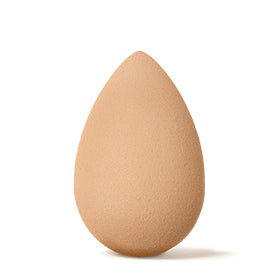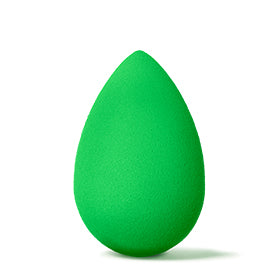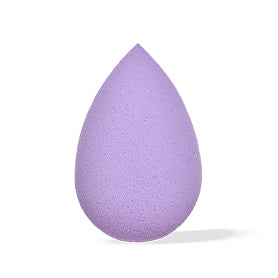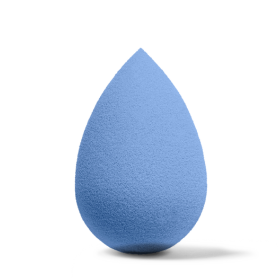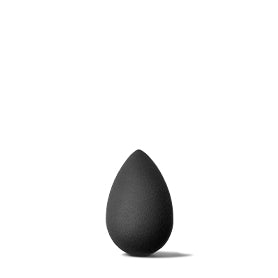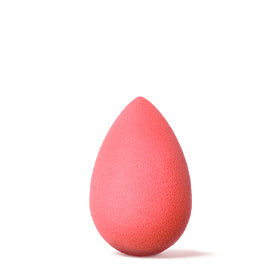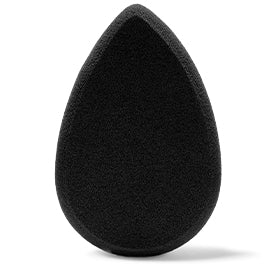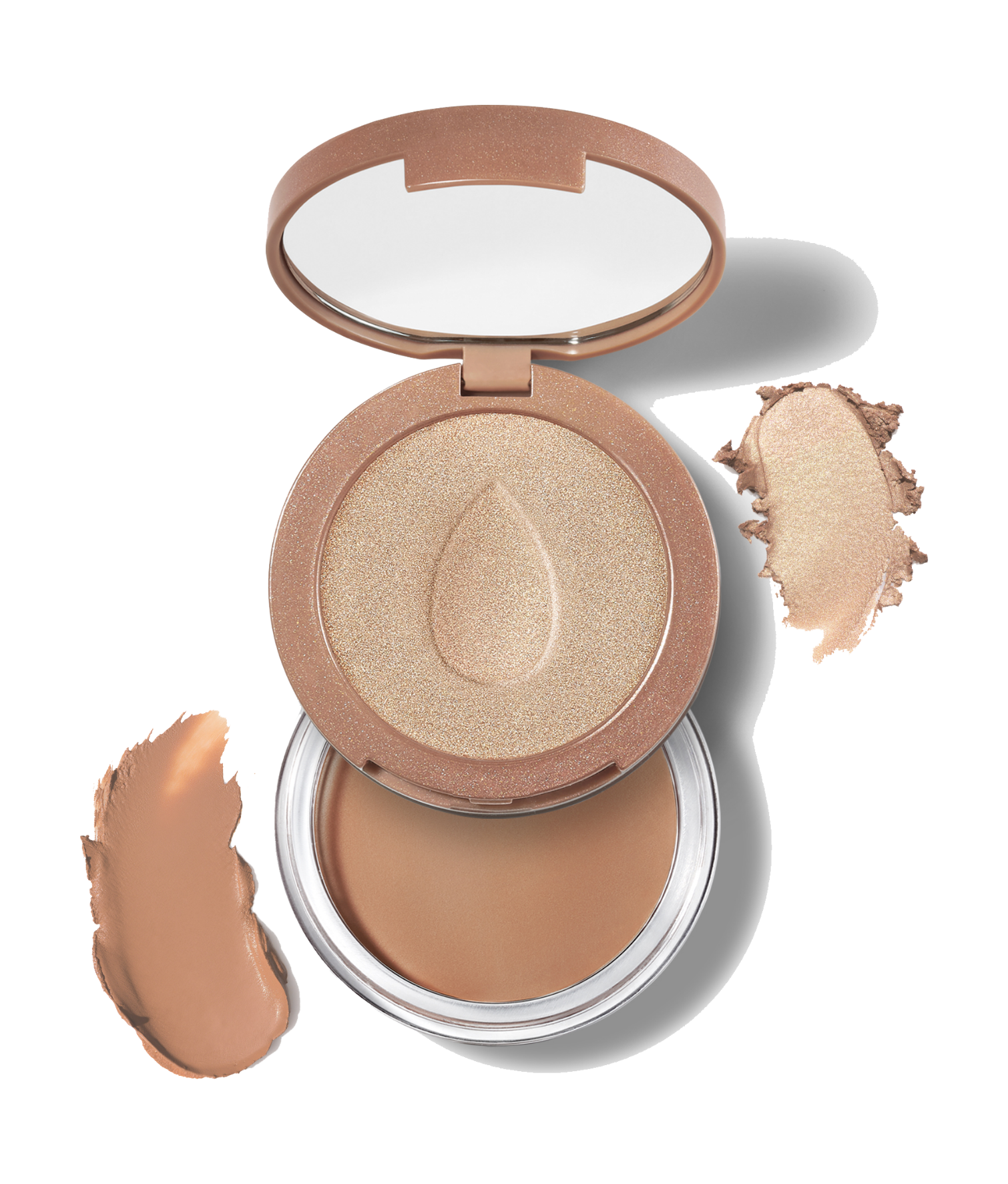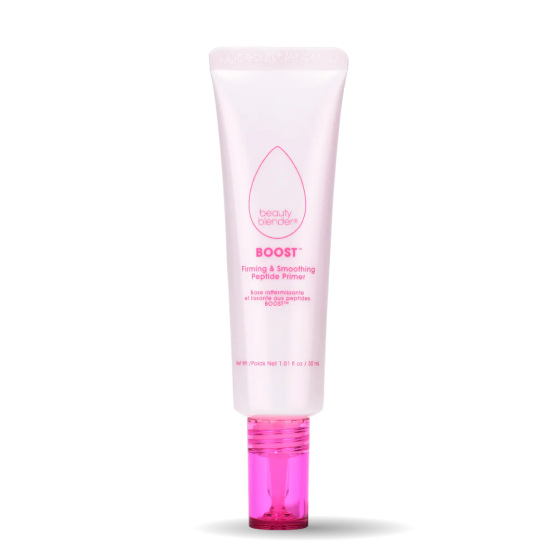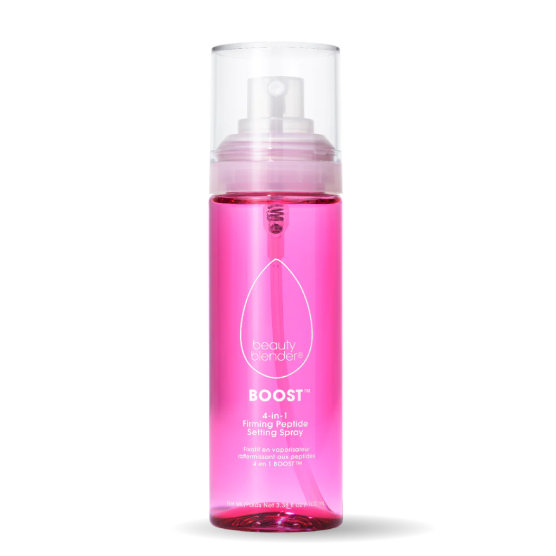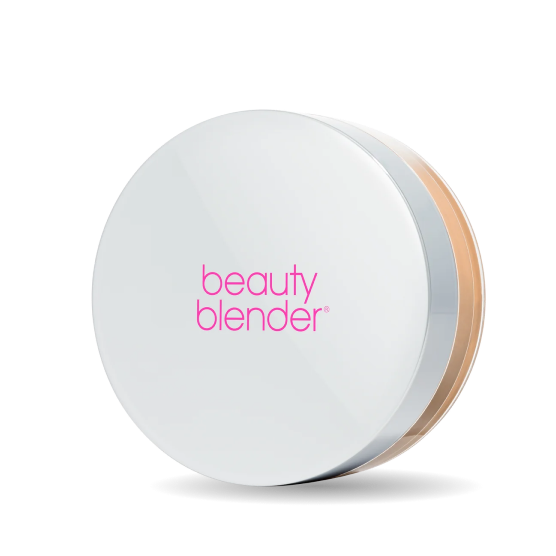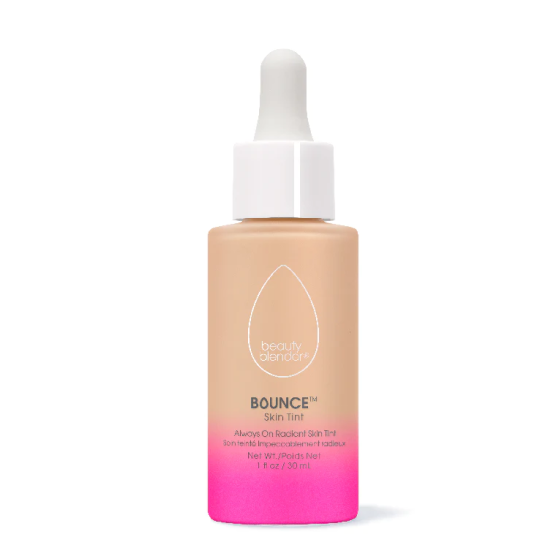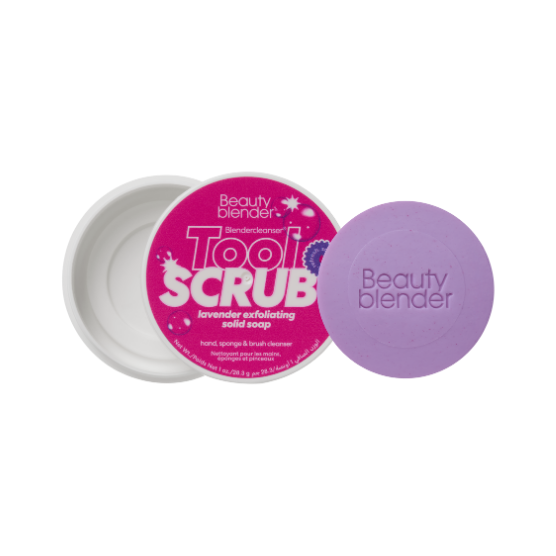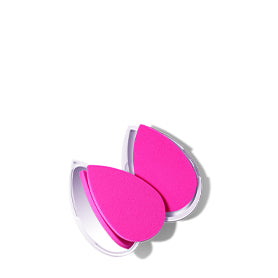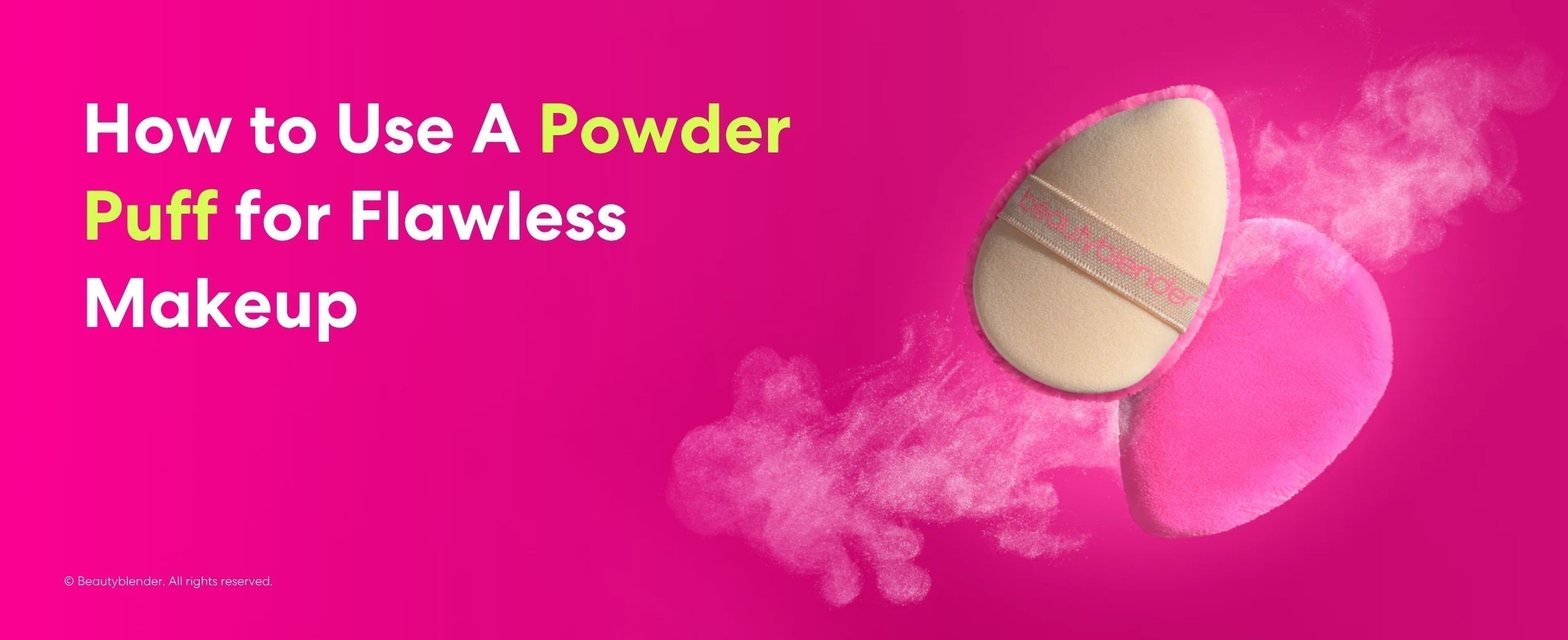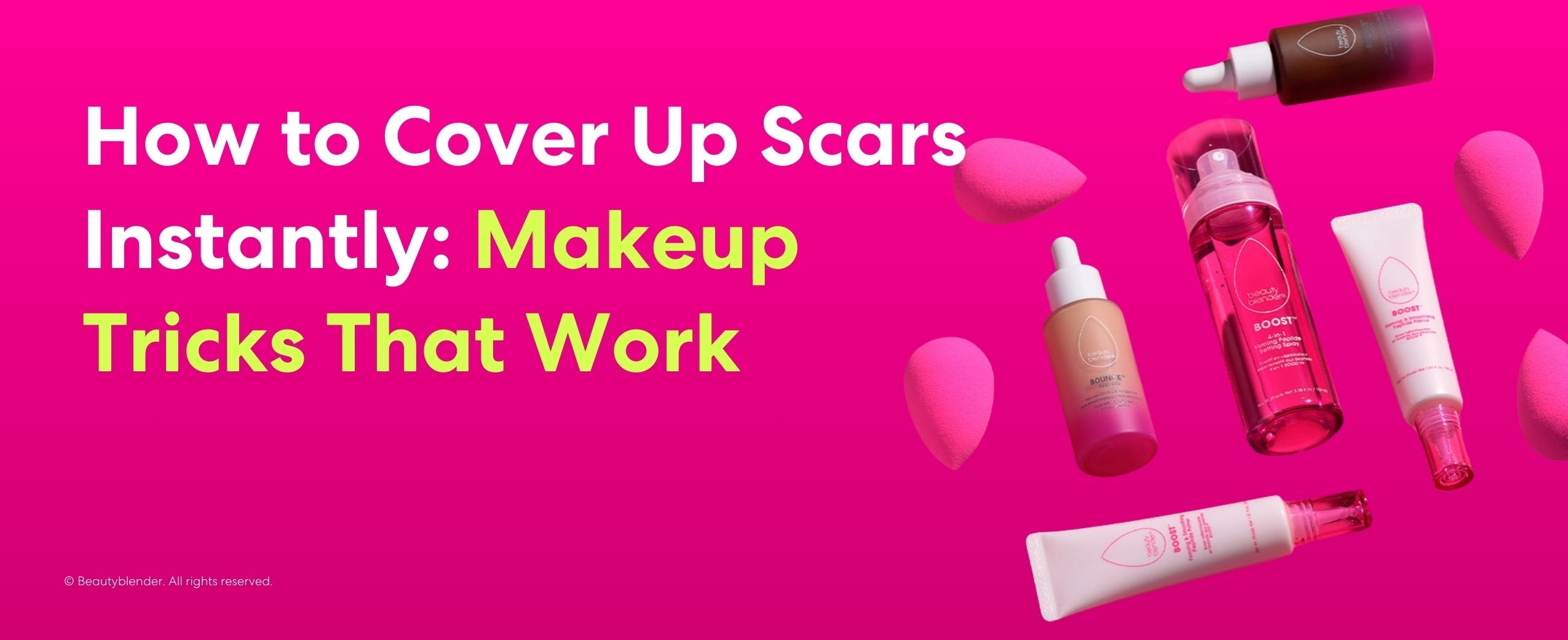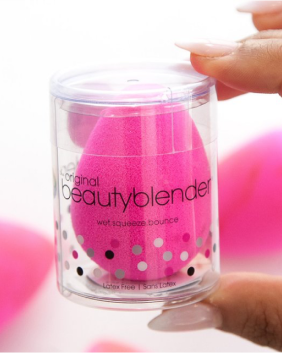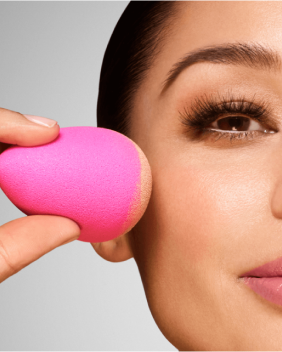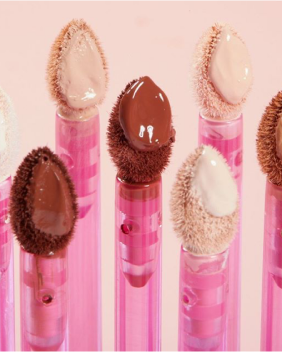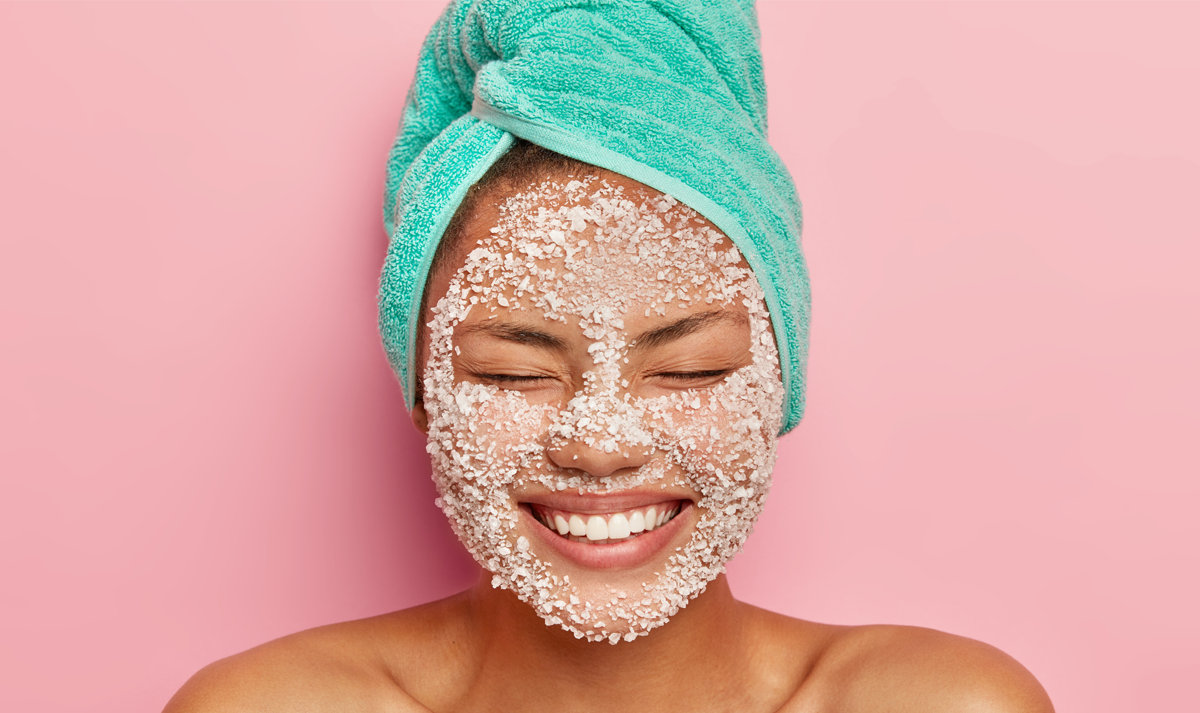
Before we learn how to exfoliate skin, let’s talk science. How many dead skin cells do you think you lose a day? Would you believe 30,000?
Okay—now would you believe that’s how many skin cells you shed not every day but every minute?! Well, believe it, because those are the facts!
Your skin sheds cells constantly, and that’s a good thing- for your health and your makeup application. Without your body replenishing your skin, you’d have layers of dead skin cells on top, making your complexion look dull, dry, and cakey. That’s where skin exfoliation comes in to save the day!
Today, we’re going to answer all your questions about exfoliation, from what is exfoliation to how often you should exfoliate your face. Let’s get to scrubbin’!
What is exfoliation?
Exfoliation is the process of removing dead skin cells from the outer layer of your skin, often with the help of a grainy substance, exfoliating tool, or chemical treatment. While these dead cells would eventually fall off naturally, using a scrub or exfoliant can help speed up the process. The result? Skin that looks lighter, brighter, and more youthful.
But what does exfoliate mean for your skincare routine? Simply put, it’s the act of clearing away the build-up of dead skin cells to reveal fresh, radiant skin underneath. This process can improve your complexion, enhance product absorption, and even make your makeup look smoother. However, knowing how to exfoliate the skin properly is essential to avoid irritation or damage.
What is an Exfoliator?
An exfoliator is a product or tool designed to remove dead skin cells from the surface, helping to exfoliate skin and reveal a smoother, more radiant complexion. Exfoliators play a crucial role in skin exfoliation, preventing dullness, clogged pores, and uneven texture by speeding up the skin’s natural renewal process.
There are three main types of exfoliators: physical exfoliators, which use scrubs, brushes, or sponges to manually remove dead skin; chemical exfoliators, which rely on AHAs (alpha hydroxy acids) or BHAs (beta hydroxy acids) to dissolve dead skin cells; and enzymatic exfoliators, which use natural fruit enzymes to gently break down buildup. Choosing the right exfoliator depends on your skin type—gentle chemical exfoliators suit sensitive or dry skin, while BHAs are ideal for oily or acne-prone skin.
Regular skin exfoliation not only improves skin texture and brightness but also enhances the absorption of skincare products and creates a smooth canvas for makeup application. For best results, always follow exfoliation with a hydrating moisturizer and SPF to keep your skin protected and nourished.
Before jumping into a skin exfoliation routine, consider these important steps:
- Know your skin type: Is your skin normal, oily, dry, sensitive, or a combination? Each type responds differently to exfoliation.
- Evaluate your current products: Certain skincare ingredients, such as retinol or benzoyl peroxide, can make your skin more sensitive during exfoliation.
Over-exfoliating or using the wrong technique can irritate skin or cause breakouts. That’s why it’s essential to tailor your approach. For example, if you’re looking to exfoliate your face, a gentle exfoliant or chemical peel might work better for sensitive skin, whereas a physical scrub may suit normal or oily skin types.
Exfoliate Meaning
So, what does exfoliate mean in practice? Celebrity makeup artist Rachel Goodwin, known for working with stars like Angelina Jolie and Winnie Harlow, advises prepping and exfoliating at least 1–2 times a week. “I have very sensitive skin,” she explains. “Some people prefer a physical scrub or a washcloth with warm water, while others lean toward chemical exfoliants like acids. Either way, exfoliation is major for maintaining healthy, glowing skin.”
Remember, exfoliation isn’t a one-size-fits-all process. By learning the right methods to exfoliate face and body, you can enjoy the benefits of smoother, more radiant skin without compromising its health.

Exfoliation and scrubbing: Is there a difference?
When it comes to achieving smooth, glowing skin, you’ve likely heard about exfoliating and scrubbing—but are they the same thing? While they share similarities, there are key differences that set them apart.
Exfoliation is the broader term that refers to the process of removing dead skin cells from the surface of the skin. This can be done through two main methods:
- Physical exfoliation, which includes scrubbing with tools or grainy substances.
- Chemical exfoliation, which uses acids or enzymes to gently dissolve dead skin cells without any manual effort.
Scrubbing, on the other hand, is a type of physical exfoliation. It specifically involves using products with a gritty texture (like sugar or salt scrubs) or tools (like brushes or mitts) to manually buff away dead skin cells. While scrubbing is a popular way to exfoliate, it’s not the only method available.
What’s the difference between exfoliating and scrubbing?
The main distinction lies in how the skin is treated:
Exfoliating is an umbrella term that encompasses all techniques, including chemical and physical methods.
Scrubbing is a manual, physical method that focuses on using friction to remove dead skin.
Exfoliating or scrubbing: Which is right for you?
Whether you choose exfoliating or scrubbing depends on your skin type and sensitivity. If you have delicate or sensitive skin, a chemical exfoliant might be gentler and less abrasive. For those with oily or rough skin, scrubbing can provide a satisfying, deep clean.
Ultimately, both exfoliating and scrubbing can help reveal brighter, healthier-looking skin. The key is to listen to your skin’s needs and use the method that keeps it smooth and glowing without irritation
Benefits of skin exfoliation
Skin exfoliation is more than just a beauty routine—it’s a transformative step that can elevate your skincare game. By removing dead skin cells, exfoliation reveals the fresh, radiant skin beneath and helps maintain a healthy, glowing complexion. Here are the top benefits of making exfoliation a regular part of your skincare regimen:
Reveals brighter, smoother skin
Exfoliation helps slough away the dull, rough layer of dead skin cells on the surface. This instantly enhances your skin’s texture and appearance, leaving it softer, smoother, and visibly brighter.
Improves product absorption
Dead skin cells can act as a barrier, preventing your favorite serums and moisturizers from penetrating deeply. Regular exfoliation clears this layer, allowing your skincare products to work more effectively.
Prevents breakouts
By clearing away dirt, oil, and dead skin cells that can clog pores, exfoliation helps reduce blackheads, whiteheads, and acne. This is especially beneficial for those with oily or acne-prone skin.
Boosts skin cell turnover
Exfoliation stimulates cell renewal, encouraging your skin to regenerate more quickly. This not only improves overall skin health but also reduces the appearance of fine lines, wrinkles, and uneven skin tone.
Reduces hyperpigmentation
Regular exfoliation can help fade dark spots, scars, and sun damage over time. By promoting cell turnover, it encourages new, even-toned skin to replace discolored patches.
Smooths skin for makeup application
Exfoliated skin provides a flawless canvas for makeup. It prevents foundation from clinging to dry patches, ensuring a smoother and more even application.
Promotes a healthy glow
By removing buildup and improving circulation, exfoliation restores your skin’s natural radiance, leaving you with a healthy, luminous glow.
Helps prevent ingrown hairs
For the body, exfoliation can be especially helpful in preventing and treating ingrown hairs by clearing the way for hair to grow correctly.
Incorporating regular skin exfoliation into your routine can transform the health and appearance of your skin. Whether you’re looking to smooth out rough patches, improve tone, or just achieve that fresh, dewy glow, exfoliation is the key to unlocking your skin’s full potential. Just remember to exfoliate mindfully—healthy, radiant skin is all about balance!
How to exfoliate skin?
Exfoliating at home can be an easy way to reveal brighter, healthier-looking skin, but it’s important to choose the right method for your skin type. There are two primary methods for skin exfoliation at home:
Mechanical exfoliation (Physical Exfoliation)
This method involves using tools like brushes, sponges, or scrubs to physically remove dead skin cells. It's great for tougher skin types but may not be suitable for sensitive or delicate skin.
Chemical exfoliation
Chemical exfoliation uses acids like alpha hydroxy acids (AHAs) (e.g., glycolic and citric acids) or beta hydroxy acids (BHAs) (e.g., salicylic acid) to gently dissolve dead skin cells. This method is ideal for those with dry, sensitive, or acne-prone skin.
Finding the right exfoliation method for your skin type
Your skin type plays a crucial role in determining how to exfoliate skin safely and effectively. Here are tailored tips:
|
Skin type |
Exfoliation tip |
|
Dry, sensitive, or acne-prone |
Don’t start with mechanical exfoliation, which may be too irritating. Instead, try a washcloth and a mild chemical exfoliator. |
|
Normal |
Start with a cloth or sponge and a mild chemical. If that doesn’t produce visible results after a few attempts, try using a brush and/or a stronger AHA. |
| Oily | Try mechanical exfoliation using a scrub or a stronger chemical treatment with a BHA to help unclog pores. |
|
Darker skin tone OR
tend to get dark spots post-sunburn, bug bite or breakout |
Avoid strong chemical or mechanical exfoliation as these may result in dark spots on the skin. Test exfoliation techniques on the skin on your neck or inside of your wrist before trying it on your face. |
Important Exfoliation Guidelines:
- Be gentle: Over-exfoliating or being too rough can harm your skin’s protective barrier.
- Avoid exfoliating if your skin is damaged: Don’t exfoliate if you have sunburn, open cuts, or active breakouts.
- Always moisturize after exfoliating: This helps lock in hydration and prevents dryness.
By choosing the right approach and being mindful of your skin’s needs, you can safely exfoliate skin at home to achieve a radiant, glowing complexion.
How to exfoliate skin in 5 steps
Achieving smooth, glowing skin is simple with the right exfoliation routine. Whether you’re looking to exfoliate skin on your face or body, these five steps will help you do it effectively and safely.
Prep your skin
Start by cleansing your skin with a gentle face or body wash. This removes dirt, oil, and makeup, ensuring your exfoliation products work directly on your skin.
Apply your exfoliant
Choose your exfoliant based on your skin type—whether it’s a physical scrub or a chemical exfoliant. Apply it gently to your skin in small, circular motions using your fingertips, a brush, or a sponge.
Gently scrub or let the product sit
- If using a scrub, lightly massage for 30 seconds, focusing on areas that feel rough or flaky. Avoid harsh pressure to prevent irritation.
- For chemical exfoliants, follow the instructions—some need to sit for a minute or two to dissolve dead skin cells effectively.
Rinse with lukewarm water
Rinse your skin thoroughly with lukewarm water to remove all traces of the exfoliant. Make sure not to use hot water, as it can strip your skin of moisture and cause redness.
Moisturize immediately
Finish by applying a hydrating moisturizer to replenish your skin's moisture barrier. This step is crucial for maintaining soft, supple skin after exfoliation.
By following these five steps, you’ll master the art of skin exfoliation and enjoy a radiant, healthy glow!
How often should I exfoliate my face?
The frequency of facial exfoliation depends on two key factors: your skin type and your chosen exfoliation method. Exfoliating too often or using the wrong technique can irritate your skin, while too little exfoliation may leave it looking dull and uneven. Here’s a guide to help you strike the right balance.
Skin Type Matters
Your skin type plays a big role in how often you should exfoliate your face:
Sensitive or Dry Skin
Limit exfoliation to once a week. Opt for gentle methods like a soft washcloth or mild chemical exfoliants (e.g., AHAs).
Normal Skin
Exfoliate 1–2 times a week. You can alternate between physical and chemical exfoliation depending on your skin’s needs.
Oily Skin
Exfoliate 2–3 times a week. Stronger methods, such as scrubs or BHAs, can help unclog pores and manage oil production.
Combination Skin
Focus on your T-zone (forehead, nose, and chin) 1–2 times a week, where excess oil tends to build up, while using milder methods on drier areas.
Exfoliation Method Counts
The type of exfoliant you use also determines how often you can safely exfoliate:
- Aggressive Methods (e.g., brushes, scrubs, or strong acids): Use sparingly—once a week or less.
- Gentle Methods (e.g., washcloths, mild AHAs, or BHAs): These can be used more frequently, up to 2–3 times a week, as long as your skin tolerates it well.
Pro Tip: Listen to Your Skin
Pay attention to how your skin feels after exfoliation. If you notice redness, dryness, or irritation, scale back your routine. Over-exfoliating can damage your skin barrier and lead to sensitivity or breakouts.
In general, aim to exfoliate your face once or twice a week, adjusting based on your skin type and method. A balanced approach to exfoliation will keep your skin glowing, healthy, and free from irritation.
Common mistakes to avoid when exfoliating
Exfoliation can work wonders for your skin, but only if done correctly. Many people unknowingly make mistakes that can harm their skin rather than improve it. To help you get the most out of your exfoliation routine, here are the common mistakes to avoid when exfoliating, along with tips to keep your skin glowing and healthy.
Over-exfoliating
Exfoliating too often can strip your skin of its natural oils and damage its protective barrier. This can lead to redness, irritation, and dryness. Knowing how to exfoliate your face based on your skin type is key to avoiding irritation.Stick to the recommended exfoliating frequency based on your skin type:
Dry or sensitive skin: Exfoliate once a week.
Oily or acne-prone skin: Exfoliate 2–3 times a week at most.
Using the wrong type of exfoliant
Not all exfoliants are created equal. Choosing one that’s too harsh for your skin type can cause irritation or even micro-tears in your skin.
Opt for chemical exfoliants like AHAs or BHAs for sensitive or acne-prone skin.
Use physical scrubs or tools for normal to oily skin but avoid those with large, rough particles.
Ignoring your skin type
Using a one-size-fits-all approach to exfoliation can backfire. For example:
Sensitive skin benefits from mild chemical exfoliants and soft washcloths.
Oily skin can handle stronger methods like scrubs or BHAs to unclog pores.
Always tailor your routine to suit your unique skin needs.
Applying too much pressure
Scrubbing your skin vigorously doesn’t yield better results. In fact, it can cause redness and even long-term damage. Be gentle, especially on your face, and let the exfoliant do the work.
Skipping moisturizer after exfoliation
Exfoliation removes dead skin cells but can also leave your skin feeling dry. Always follow up with a hydrating moisturizer to replenish your skin’s moisture barrier and lock in hydration.
Exfoliating damaged skin
Avoid exfoliating if your skin is sunburned, broken out, or has open cuts. This can worsen the damage and prolong the healing process. Focus on soothing and repairing your skin before resuming exfoliation.
Neglecting sun protection
Exfoliation can make your skin more sensitive to UV rays. Failing to apply sunscreen can lead to sunburn or hyperpigmentation. After exfoliating, always use a broad-spectrum sunscreen with SPF 30 or higher.
Avoiding these common mistakes will help you reap the full benefits of exfoliation while keeping your skin healthy and radiant. Remember, exfoliation is about balance—gentle, consistent care will give you the glowing results you’re looking for. If you’re new to exfoliating, start slow, listen to your skin, and adjust your routine as needed.
Exfoliation is a powerful tool in your skincare routine, helping to unveil smoother, brighter, and healthier skin. By understanding your skin type, choosing the right exfoliation method, and avoiding common mistakes, you can make the most of this transformative process.
Remember, healthy skin is happy skin. Whether you’re exfoliating to improve texture, boost glow, or enhance product absorption, consistency and care are key. Embrace the glow, protect your skin with proper aftercare, and enjoy the confidence of a radiant complexion.
Achieve Radiant Skin with the Right Exfoliation Routine
Incorporating skin exfoliation into your routine is the key to achieving a smooth, glowing complexion. Whether you choose a physical scrub, chemical exfoliant, or enzymatic formula, the right method will help remove dead skin cells, unclog pores, and improve overall skin health. However, knowing how to exfoliate properly is essential - over-exfoliation can irritate, while too little can leave your skin dull.
To get the best results, always exfoliate skin according to your skin type, follow up with a hydrating moisturizer, and never skip sunscreen. You'll enjoy healthy, radiant skin every day by finding the right balance and using the best exfoliation technique for your needs. Ready to transform your skincare routine? Start exfoliating and let your natural glow shine through!
Everything about exfoliation: what, how, and why
Terms like “what is exfoliation?”, “How to exfoliate?”, and “What does exfoliate mean?” can feel like skincare riddles. We’re here to make things simple and give you glow-worthy answers to your most searched questions.
What does exfoliate mean?
Skincare newbies often wonder things like “what is exfoliation?” or ask what it actually means to exfoliate. In short, it’s the process of clearing away dead skin cells that naturally build up on the surface. By doing this, you're helping your skin look fresher, brighter, and feel smoother to the touch.
What is exfoliating?
If you’ve ever searched “what does exfoliating do?”, here’s your answer: it refreshes your skin by removing dull surface cells. Whether using a scrub, peel, or textured cloth, exfoliating boosts your glow and helps your skincare products work better.
What is an exfoliator, and how do you use one?
Wondering “how to use exfoliator?” or curious about the different kinds? An exfoliator can be a product or tool designed to lift away dead skin. There are physical types (like scrubs or brushes), chemical options (like AHAs and BHAs), and even enzyme-based versions. Always apply to clean skin, gently massage or let it sit (depending on type), then rinse and moisturize.
How to exfoliate skin at home?
If you're looking into “how do you exfoliate your skin?” from the comfort of home, the routine is simple: start with clean skin, apply your exfoliant, be gentle, rinse well, and follow with moisturizer. From scrubs to serums, the right technique makes all the difference in your glow-up.
How to exfoliate face?
Searches like “how to exfoliate face at home?” are super common, and the answer depends on your skin type. If you're dry or sensitive, stick with a mild chemical exfoliant once a week. Oily or breakout-prone? Try BHAs or a gentle scrub 2–3 times a week. Always follow with SPF if you’re heading outside.
How to exfoliate body?
Whether it's your legs, arms, or anywhere in between, many people ask “how to exfoliate body?” for that silky smooth feel. Use a body scrub or exfoliating mitt in the shower 1–2 times per week. Focus on areas prone to roughness or ingrown hairs, and always moisturize afterward.
How often should you exfoliate?
We see this one a lot: “how often to exfoliate face?”. The answer? It varies. For dry or sensitive skin, once a week is enough. Oily skin can handle 2–3 times per week. Always listen to your skin and scale back if you notice irritation. A little goes a long way!

